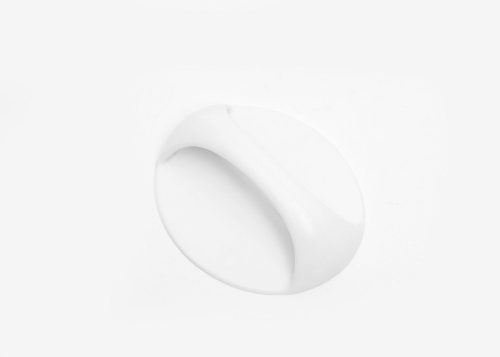Choosing between plastic and rubber as the ideal tool handle material depends on various factors such as the type of tool, intended use, ergonomic requirements, durability, grip, and user comfort. Both materials have their strengths and weaknesses, so it’s essential to evaluate these factors before making a decision. Here’s a comparison of plastic and rubber for tool handle materials:
Plastic:
Advantages:
- Customizable: Plastic handles can be molded into a wide range of shapes and sizes, allowing for customization based on ergonomic needs and tool design.
- Durability: High-quality plastics can be very durable and resistant to wear, impact, and chemicals.
- Design Options: Plastics offer a variety of colors, finishes, and surface textures, allowing for creative and appealing designs.
- Weight: Plastic handles can be lightweight, which is advantageous for reducing user fatigue during prolonged use.
- Grip: Certain plastic formulations can offer excellent grip properties, especially when combined with textured surfaces or ergonomic designs.
- Temperature Resistance: Plastics can be engineered to withstand a range of temperatures without degrading or becoming uncomfortable to touch.
- Resistance to Moisture: Many plastic materials are resistant to moisture and won’t degrade or lose their grip when wet.
Disadvantages:
- Vibration Dampening: Plastic handles might not provide as much vibration dampening as rubber, which can be a concern in applications with high vibration levels.
- Hardness: Some plastic materials can feel hard and less forgiving on the hand compared to rubber.
- Initial Comfort: Achieving immediate comfort might require careful ergonomic design and the right choice of plastic material.
Rubber:
Advantages:
- Shock Absorption: Rubber handles offer excellent vibration and shock absorption, reducing hand fatigue in tools that generate significant vibrations.
- Comfort: Rubber handles are generally softer and more comfortable to grip than hard plastics, especially in cold weather.
- Anti-Slip: Rubber naturally provides good grip, even in wet or oily conditions, making it suitable for tools used in slippery environments.
- Ergonomics: Rubber can be molded to match the natural contours of the hand, enhancing ergonomic comfort.
- Insulation: Rubber is a good insulator, providing protection against electric shock in tools that require electrical contact.
Disadvantages:
- Durability: Rubber can wear down faster than certain plastics, especially in abrasive or harsh environments.
- Cleaning: Rubber can be more difficult to clean and might retain dirt and grime over time.
- Weight: Rubber handles can be heavier compared to lightweight plastics, potentially causing more fatigue during extended use.
- Temperature Sensitivity: Rubber handles can become uncomfortable in extreme temperatures, either becoming too hard in cold conditions or too soft and sticky in hot conditions.
In summary, if vibration dampening, shock absorption, and immediate comfort are crucial, rubber might be the better choice. If customization, design options, durability, and resistance to moisture are more important, plastic could be the preferred material. Ultimately, the best choice depends on the specific needs of the tool, the intended use, and the user’s comfort and ergonomic requirements.


